The container security market is currently characterized by a dynamic competitive landscape, driven by the increasing adoption of cloud-native applications and the growing need for robust security solutions. Key players such as Palo Alto Networks (US), Fortinet (US), and Aqua Security (IL) are strategically positioning themselves through innovation and partnerships. Palo Alto Networks (US) focuses on integrating advanced AI capabilities into its security offerings, enhancing threat detection and response times. Meanwhile, Fortinet (US) emphasizes its comprehensive security fabric, which provides seamless protection across various environments, thereby appealing to enterprises seeking holistic security solutions. Aqua Security (IL) is carving out a niche by specializing in container security, particularly in Kubernetes environments, which is increasingly relevant as organizations migrate to cloud-native architectures.
The business tactics employed by these companies reflect a concerted effort to optimize operations and enhance market presence. The container security market appears moderately fragmented, with several players vying for dominance. However, the collective influence of major companies is shaping a competitive structure that encourages innovation and collaboration. Localizing manufacturing and optimizing supply chains are common strategies, allowing companies to respond swiftly to market demands and enhance service delivery.
In October 2025, Palo Alto Networks (US) announced a strategic partnership with a leading cloud service provider to enhance its security offerings for containerized applications. This collaboration is expected to leverage the cloud provider's infrastructure, allowing Palo Alto to deliver more robust security solutions tailored to the needs of cloud-native environments. Such partnerships are indicative of a broader trend where companies seek to integrate their solutions with existing cloud infrastructures, thereby enhancing their value propositions.
In September 2025, Fortinet (US) launched a new version of its FortiGate firewall, specifically designed to address the unique security challenges posed by containerized applications. This product enhancement is significant as it reflects Fortinet's commitment to staying ahead of emerging threats in the container security space. By continuously evolving its product line, Fortinet aims to solidify its position as a leader in the market, catering to the growing demand for specialized security solutions.
In August 2025, Aqua Security (IL) secured a major contract with a Fortune 500 company to provide comprehensive container security solutions. This contract not only underscores Aqua's expertise in the field but also highlights the increasing recognition of container security as a critical component of enterprise security strategies. Such high-profile contracts are likely to enhance Aqua's market visibility and credibility, further driving its growth in a competitive landscape.
As of November 2025, the container security market is witnessing trends that emphasize digitalization, AI integration, and sustainability. Companies are increasingly forming strategic alliances to enhance their technological capabilities and market reach. The competitive differentiation is shifting from price-based competition to a focus on innovation, technology, and supply chain reliability. This evolution suggests that organizations prioritizing advanced security solutions and strategic partnerships will likely emerge as leaders in the container security market.


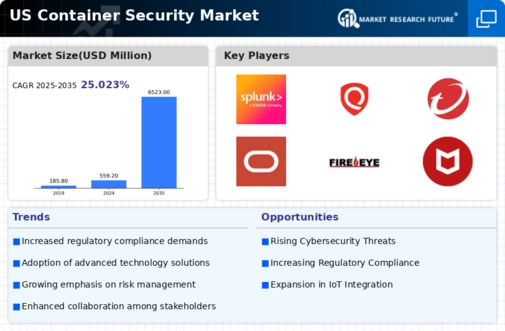
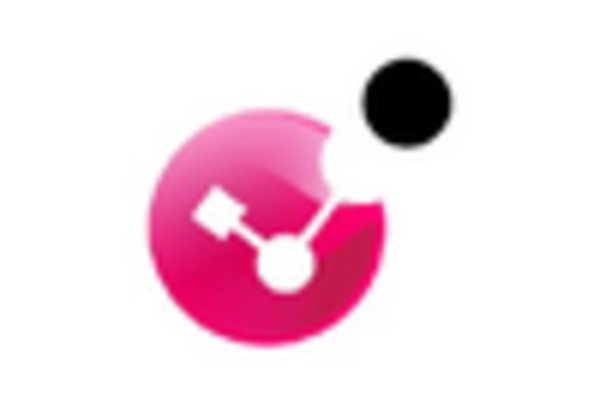

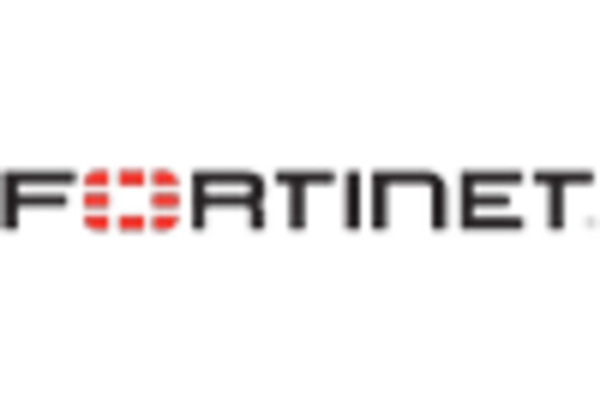
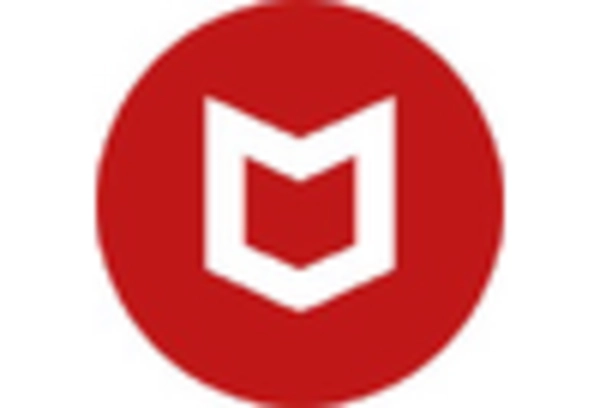

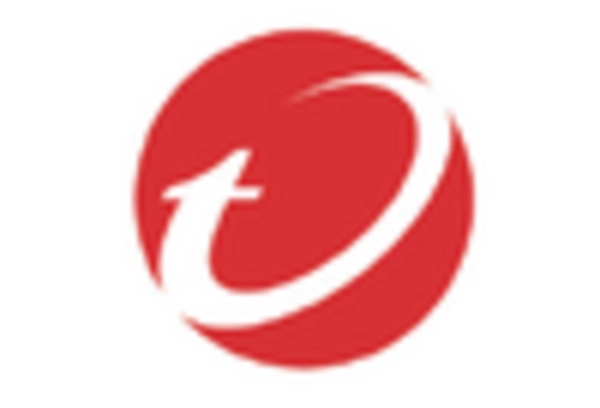








Leave a Comment